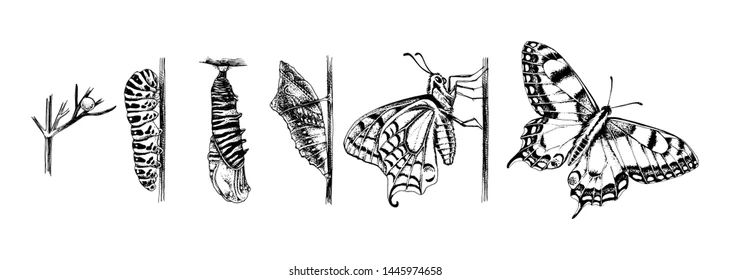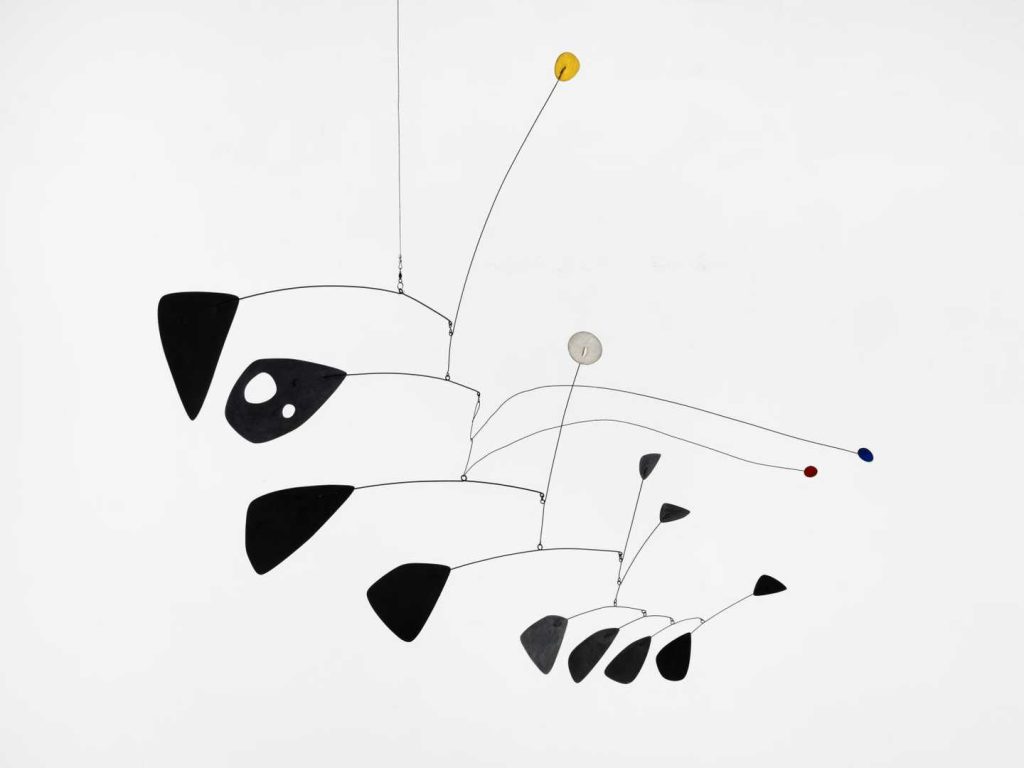What is Metamorphosis ?

Animals change drastically and quickly after birth through a process called metamorphosis. Changes in an organism’s complete body plan, such as the number of legs, method of feeding, or mode of breathing, may be the outcome of metamorphosis (BD Editors, Biology Dictionary, n.d.).
However, in terms of design, metamorphosis may be associated with a change in habitat or even in mode of life, even if this may also occur independently of any initial morphological or environmental alterations. Cities are a fantastic example because they are always changing (Architecture Ducation, n.d.).
Alexander Calder

After careful thought, the decision was made to adapt Alexander Calder’s work to create a moving planetary or atomic animation. As a result, having planetery in a mobile format would be considered. Alexander Calder is credited with creating the mobile, a form of kinetic art that relied on careful balancing to achieve equilibrium and suspension in the air, as well as wire sculptures. At first, Calder utilised motors to move his pieces, but he quickly stopped using them and switched to just using air currents (Tate, n.d. WHO IS ALEXANDER CALDER?).
Looking at Alexander Calder’s work made me realise that the motion was similar to that of Newton’s Cradle.
Newton’s Cradle

The item serves as an excellent example of how friction, momentum conservation, and energy conservation all function together in physics. These collisions that are inelastic and elastic, and kinetic and potential energy (Chris Schulz, howstuffworks, n.d.)
In order to create anything analogous to Alexander Calder’s mobile, the idea for the prospective animation would therefore be to include metomorphism and the Newton’s cradle itself or even its motion.
References
Architecture Ducation, n.d. 24H metamorphosis – box to box 10th edition [Online] (n.d.) Available at : https://www.if-ideasforward.com/metamorphosis [Accessed in 10 May 2023]
BD Editors, Biology Dictionary, n.d. Metamorphosis Definition [Online] (Updated in 4 October, 2019) Available at : https://biologydictionary.net/metamorphosis/ {Accessed in 10 May 2023]
Chris Schulz, howstuffworks, n.d. How Newton’s Cradles Work [Online] (Updated in Apr 8, 2021) Available at : https://science.howstuffworks.com/innovation/inventions/newtons-cradle.htm [Accessed in 10 May 2023]
Mart, shutterstock, n.d. Metamorphosis of the Swallowtail [Online] (n.d.) Available at : https://www.shutterstock.com/image-vector/metamorphosis-swallowtail-papilio-machaon-butterfly-6-1445974658 [Accessed in 10 May 2023]
Tate, n.d. KINETIC ART [Online] (n.d.) Available at : https://www.tate.org.uk/art/art-terms/k/kinetic-art [Accessed in 10 May 2023]
Tate, n.d. WHO IS ALEXANDER CALDER? [Online] (n.d.) Available at : https://www.tate.org.uk/art/artists/alexander-calder-848/who-is-alexander-calder [Accessed in 10 May 2023]
